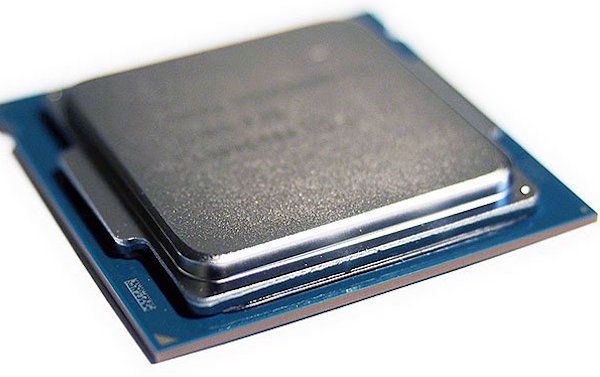The Broadwell-E 10 Core design offers a lot of changes that Intel hopes will alleviate some discrepancies. Ever since Intel debuted the “E” family of hardware with Sandy Bridge-E in 2011, these processors have formed the backbone of Intel’s top-tier enthusiast offerings.
While the number of cores at the top of Intel’s regular consumer products has stayed steady since 2009’s Nehalem — four cores with Hyper-Threading — the company has steadily increased the number of CPU cores it offered in the “E” family, from six with Sandy and Ivy Bridge, up to eight with Haswell-E.
The problem with Haswell-E, however, was that its core counts came at the cost of lower overall speeds compared to the Core i7-4970K. This was especially true with the eight-core version of the chip, which clocked in at 3GHz base, 3.5GHz Turbo. In these cases, a Core i7-5960X wasn’t always faster than the much cheaper 4970K, despite having more cores.
Intel has made a variety of changes to Broadwell-E 10 core that it hopes will alleviate some of these discrepancies and create a more varied product family. The top-end Broadwell-E is a 10-core CPU with 25MB of L3 cache (2.5MB per core).
Intel holds this ratio constant in its E-class processors — eight-core chips have 20MB of cache, while six-core chips have 15MB. This new CPU is a drop-in replacement on the X99 chipset, so if you already have one of these boards for Haswell-E, Broadwell-E should be a drop-in replacement with the appropriate BIOS flash.
The 6950X is Intel’s 10-core CPU, but the price tag on this chip is going to raise some serious eyebrows. At $1723, Intel is charging 1.58x more for a 10-core CPU than an eight-core chip. The problem is, you’re only adding two more cores and four more threads. Paying 60% more cash for 33% more cores isn’t all that appealing, even if it’s technically impressive that Intel managed to add two cores while keeping clock rates the same and without increasing CPU TDP.
The Core i7-6900K carries a $1089 price tag and the same core count while increasing clock speeds slightly (up roughly 5%). The lower-end SKUs are still six-core parts and only see 100MHz increases. This isn’t exactly the enhancements that dreams are made of, though we want to note that the $412 price on the 6800K is actually quite good compared to the 6700K’s $327, provided you know you’ll use the additional cores.
In lieu of raw performance improvements, Intel is counting on some significant updates to its overclocking feature set to win over enthusiast hearts and minds.
Intel is now working with motherboard vendors to build Thunderbolt 3 support into specific motherboards. Thunderbolt 3 has been shipping on more systems than its predecessor thanks to the decision to swap to the USB Type-C connector.
If you’ve got a mixed workstation environment with both Apple and PC hardware, adding Thunderbolt support to the PC side of the equation is a useful capability — and Thunderbolt 3 is significantly faster than Thunderbolt 2, with more flexibility and raw throughput.
Broadwell-E 10 core does bump up formal support for faster DDR4, up to DDR4-2400 instead of DDR4-2133. In practice, DDR4-3200 is already available, and we suspect many enthusiasts will opt for this instead, but if you care about sticking to Intel’s spec, well, things are a bit faster.











